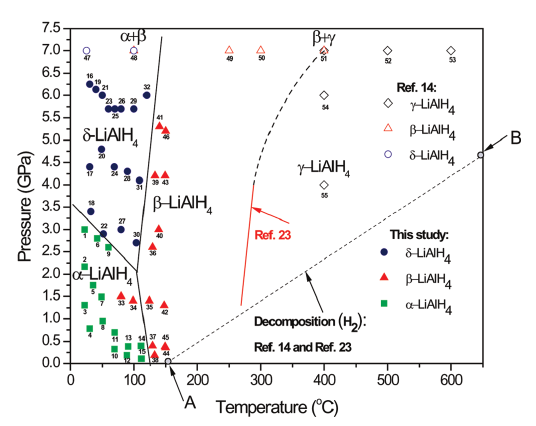-
Isotope Exchange Reactions in Ca(BH4)2
M. Sharma, D. Sethio, V. D'Anna, J.C. Fallas, P. Schouwink, R. Cerný and H. Hagemann
Journal of Physical Chemistry C, 119 (1) (2015), p29-32


DOI:10.1021/jp5082609 | unige:44954 | Abstract | Article HTML | Article PDF | Supporting Info
Borohydrides are actively considered as potential hydrogen storage materials. In this context fundamental understanding of breaking and forming B-H bond is essential. Isotope exchange reactions allow isolating some parts of this reaction without introducing major structural or chemical changes. Experiments were performed on Ca(BH4)2and Ca(BD4)2 as a function of temperature and pressure. A complete exchange can be realized in about 9h at 200 °C using a deuterium pressure of 20 bar. The activation energy, estimated using first order kinetics, for the forward reaction (Ca(BH4)2 → Ca(BD4)2) was found to be 82.1 ± 2.7 kJ/mol (P = 35 bar) and the one for the backward reaction (Ca(BD4)2 → Ca(BH4)2) was found to be 98.5 ± 8.3 kJ/mol (P = 35 bar). Pressure dependent study shows that the reaction rate increases with increasing pressure up to 35 bar. This behavior is consistent with first adsorption step prior to diffusion into the solid and isotope exchange according to the scheme described below.

